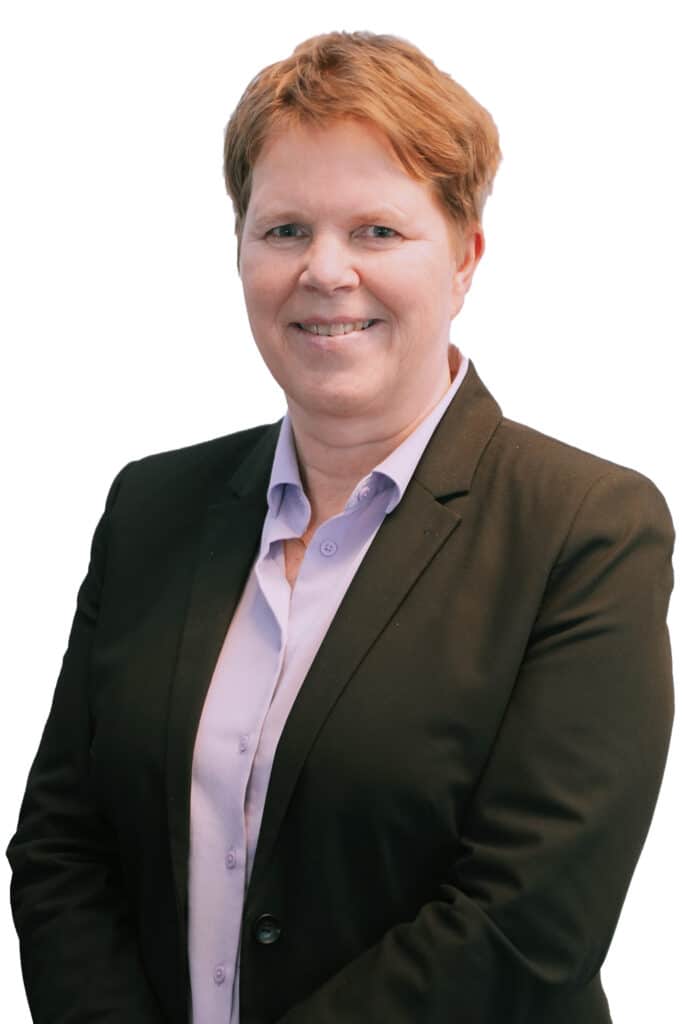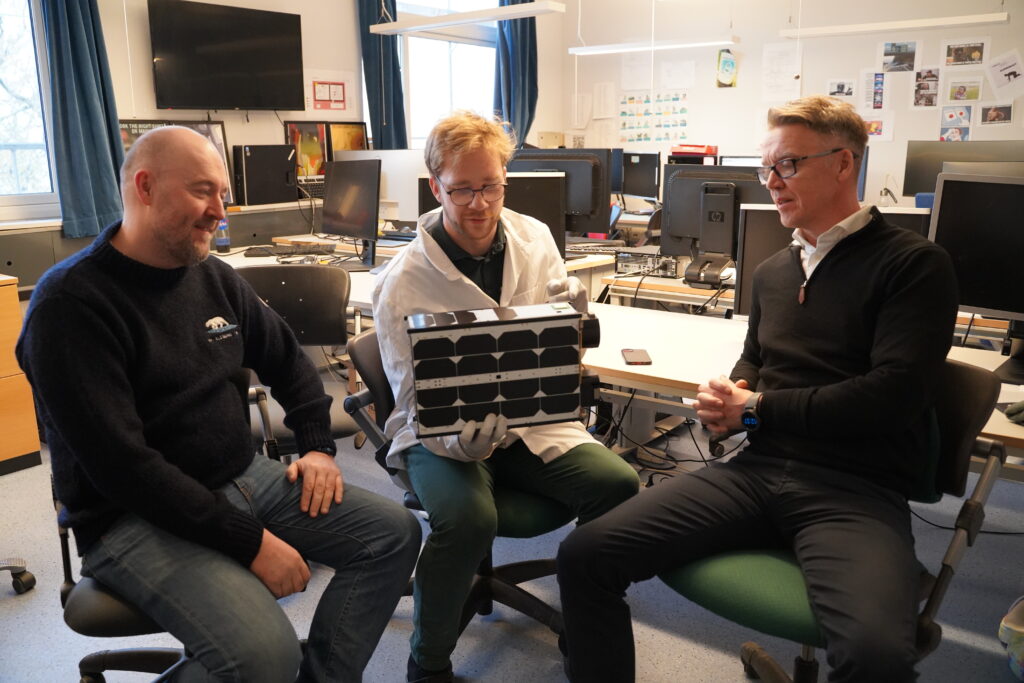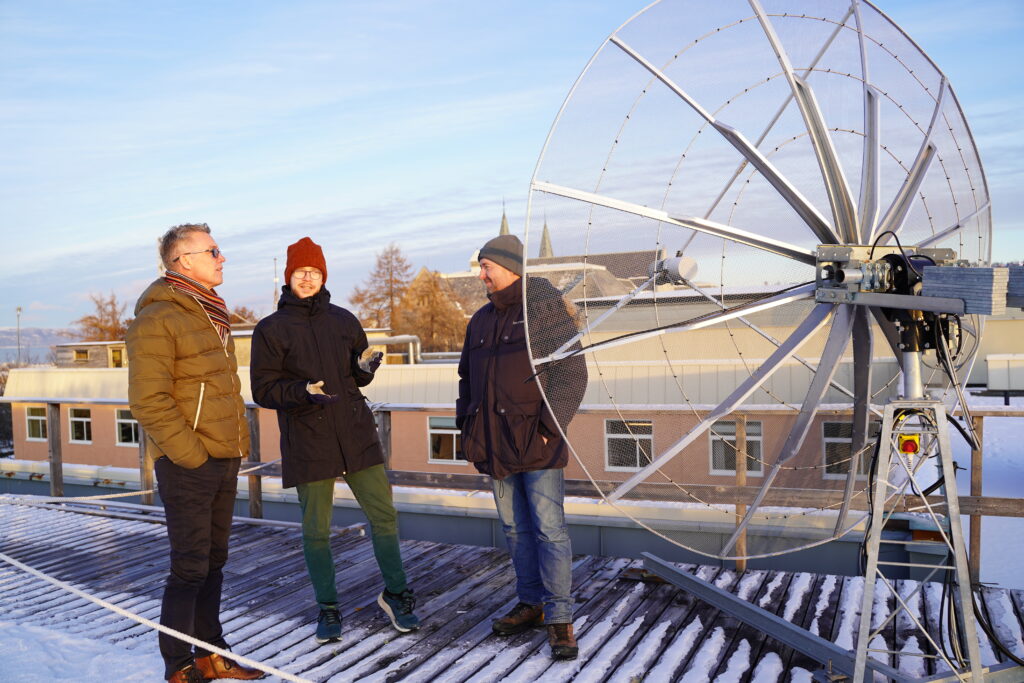MIDAS Showcases Innovation at Ship Technology Days
The Ship Technology Days brought together key maritime stakeholders to explore the future of ocean...

Future Innovations is now a partner in the entrepreneurial initiative of the European Space Agency (ESA), aiming to triple the value of the Norwegian space industry within ten years. Ocean Autonomy Cluster is run by one Future Innovations, one of Norway's largest innovation companies.
"This is a very exciting opportunity, and I'm glad we get to be a part of it," says FI's CEO, Bjørn Damhaug. The initiative collaborates with the Norwegian University of Science and Technology (NTNU).
Eirik S. Sivertsen, project manager for small satellites at NTNU, expresses enthusiasm about this opportunity.
"This is important for Norway and relates to national capabilities. National control over satellite data is significant for everything from monitoring human activity to managing the cod population. NTNU's interest in this is to conduct research and development and educate candidates for the industry. Therefore, it is strategically important for NTNU to take a position in this initiative," emphasizes Sivertsen.
At NTNU's laboratory for small satellites, researcher Sivert Bakken showcases a satellite similar to HYPSO-1, NTNU's first research satellite launched into space in 2022. Using advanced camera technology, it can monitor algal blooms and pollution. The data is collected through an antenna on the roof of the Electro Building at Gløshaugen.
"Norway has a significant role in the space industry. We are at the forefront, and investing is natural to take this further," says Sivert Bakken. "When we have control over satellite data, we can also control how larger images are pieced together. Norway manages large areas, especially maritime areas, where satellite data contributes to increasing the value of other data collection," he points out.
For Future Innovations, the investment in space technology is a natural extension of their extensive activities related to the ocean.
"We are already leaders in ocean technology, and space technology will give us even more power in this area, where satellite data plays a crucial role. This includes everything from autonomy and communication to mapping and surveillance. Access to data, experts, and technology from world-leading environments through ESA will open enormous opportunities for innovation and creativity. This initiative will contribute to strengthening the innovation environment in connection with Nyhavna and along our coastal region," says Bjørn Damhaug.
"The ESA Business Incubator and our relation to ESA are important steps for us to complete the Ocean Space Vertical - from projects and services on the sea floor to the surface, and now in space. Autonomous solutions rely on satellite data for navigation, position, communication, and other needs. So this will be a welcoming service in our toolbox that we can provide for our members in Ocean Autonomy Cluster," says Frode Halvorsen, Cluster manager for Ocean Autonomy Cluster.

Left to right: Eirik S. Sivertsen, Sivert Bakken, and Bjørn Damhaug. Photo: Ingrid Skjøtskift/Future Innovations.

This antenna on the roof of the Electro Building at NTNU Gløshaugen retrieves data from the research satellite HYPSO-1. Photo: Ingrid Skjøtskift/Future Innovations.
The Ship Technology Days brought together key maritime stakeholders to explore the future of ocean...
Together with Digital innovation HUB Innovamare in Croatia, Ocean Autonomy Cluster (OAC) have...